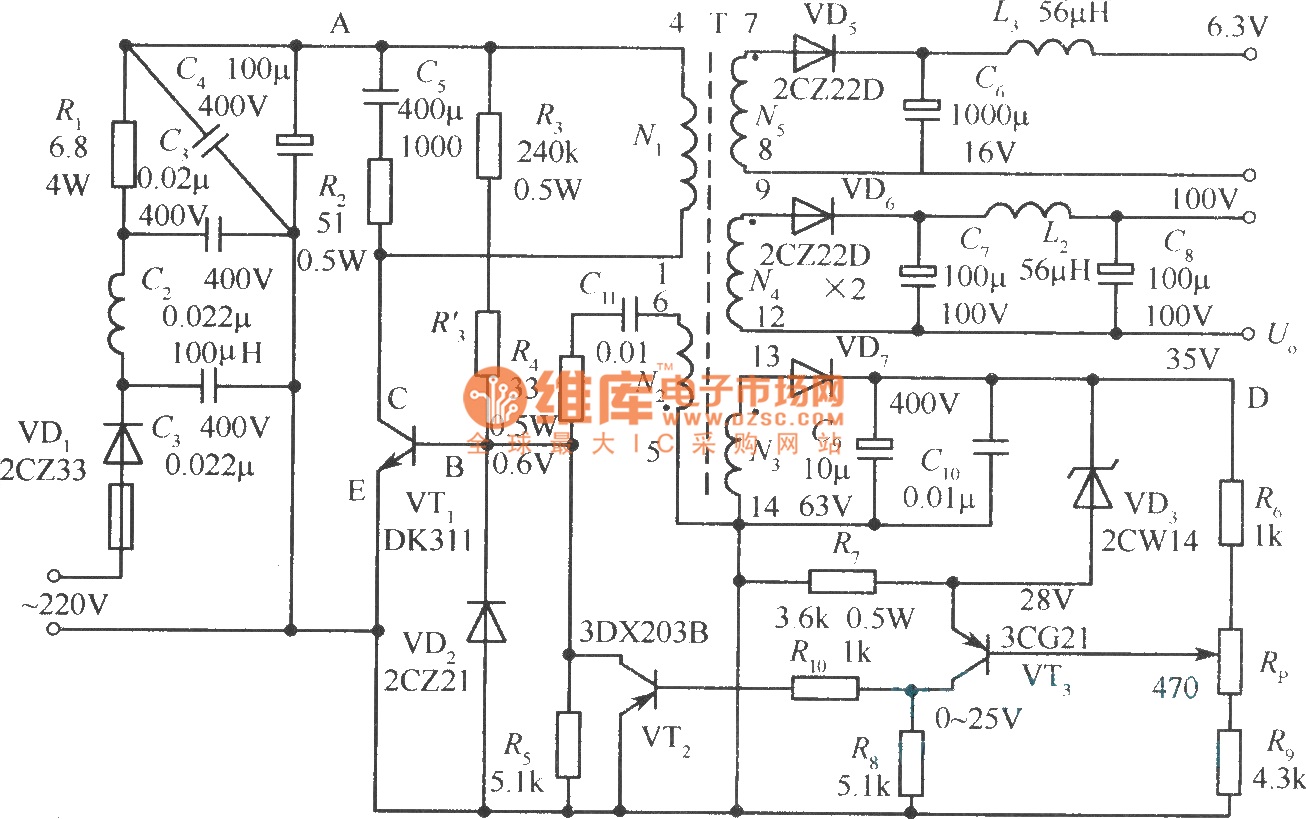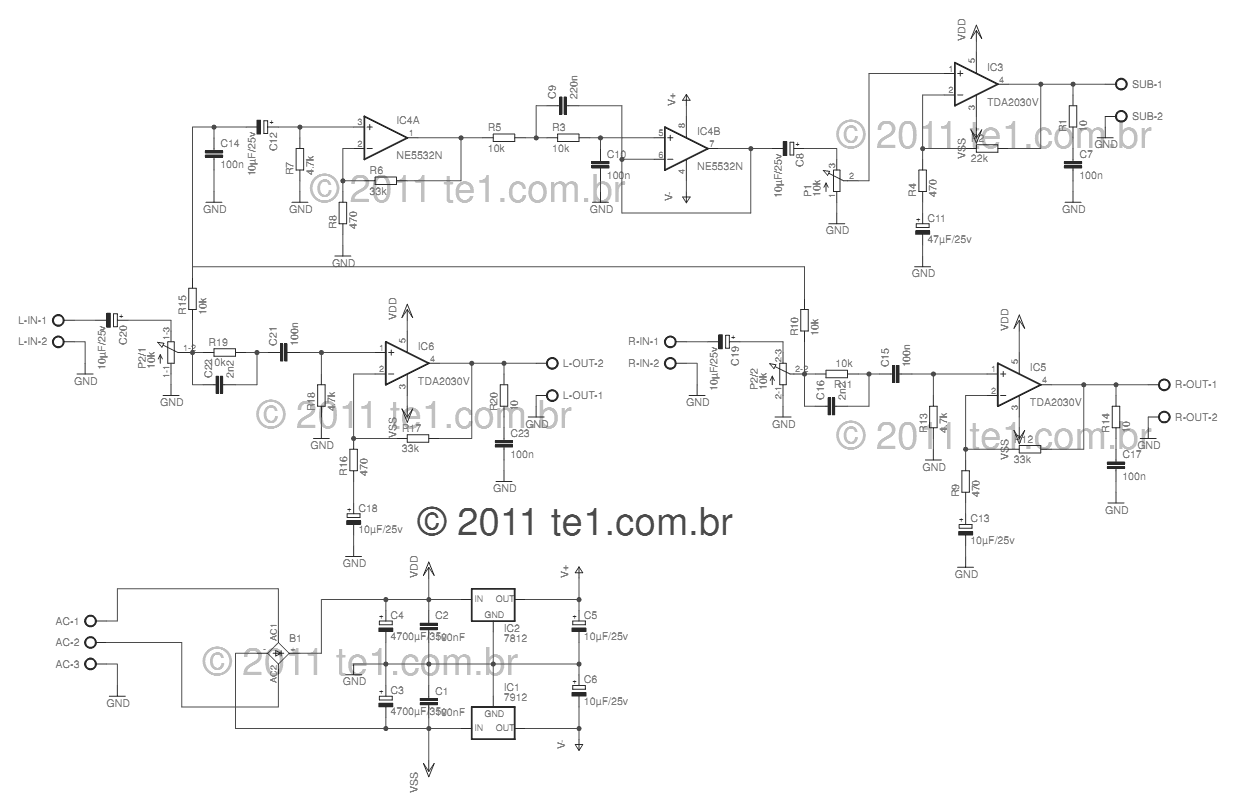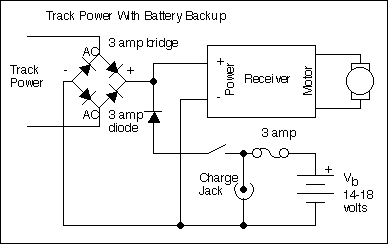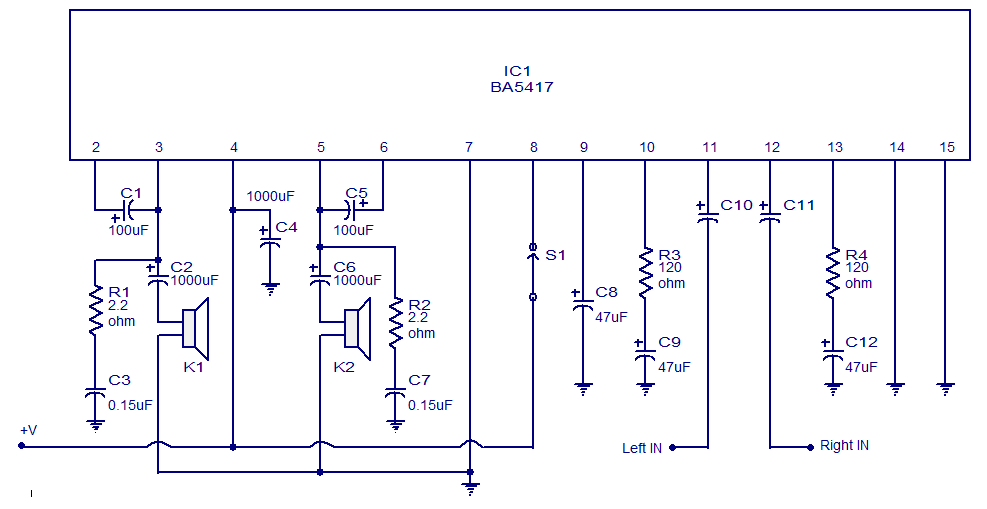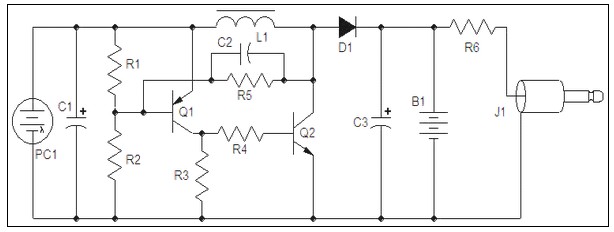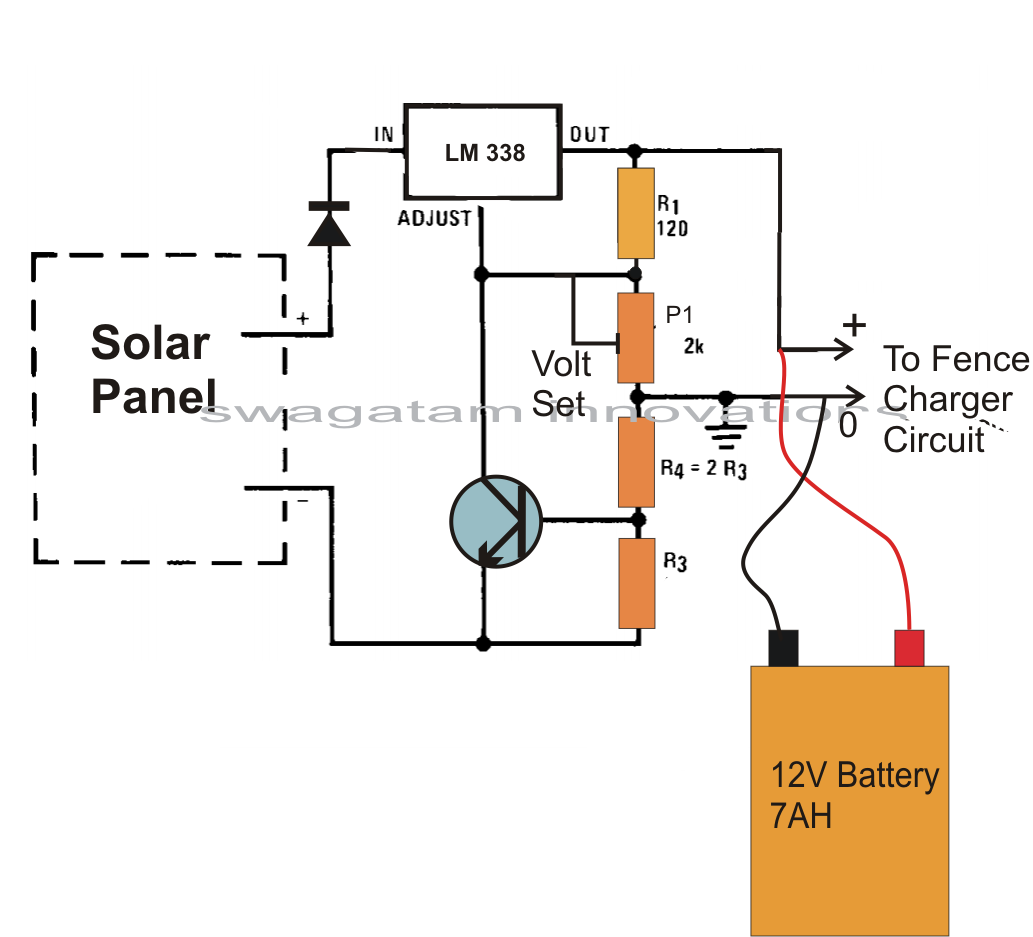
hydrogen generation by ultra-short-pulse power supply
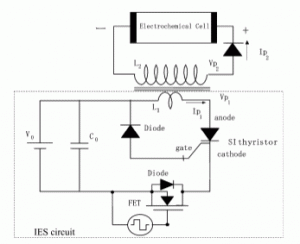
A novel method of hydrogen generation through water electrolysis utilizing an ultra-short-pulse power supply is presented.
The process of hydrogen generation via water electrolysis involves the splitting of water molecules (H2O) into hydrogen (H2) and oxygen (O2) gases using electrical energy. This novel method employs an ultra-short-pulse power supply, which is characterized by its ability to deliver very brief and intense bursts of electrical energy. The use of ultra-short pulses can enhance the efficiency of the electrolysis process by improving the kinetics of the electrochemical reactions involved.
In this method, the ultra-short-pulse power supply generates high peak currents over very short durations, which can lead to a more effective breakdown of water molecules. The rapid energy delivery minimizes heat generation and allows for a more controlled reaction environment. This approach can potentially reduce energy losses associated with traditional continuous power supplies, leading to higher overall efficiency in hydrogen production.
The schematic for this system would typically include the following components:
1. **Power Supply**: An ultra-short-pulse power supply capable of generating high-voltage pulses. This unit is crucial for delivering the necessary energy to initiate the electrolysis process.
2. **Electrolyzer Cell**: A cell where the electrolysis occurs, consisting of an anode and cathode submerged in an electrolyte solution (commonly alkaline or acidic). The electrodes are typically made of materials that facilitate efficient electron transfer and minimize corrosion.
3. **Control Circuit**: A circuit designed to regulate the timing and duration of the power pulses, ensuring that the electrolysis process is optimized for maximum hydrogen yield.
4. **Cooling System**: Although ultra-short pulses minimize heat generation, a cooling system may still be necessary to maintain optimal operating temperatures and prevent any thermal damage to the components.
5. **Gas Collection System**: A mechanism for collecting the produced hydrogen and oxygen gases, which may include gas separators and storage tanks.
This innovative approach to hydrogen generation through water electrolysis not only enhances the efficiency of the process but also contributes to the development of sustainable energy solutions, aligning with global efforts to transition to cleaner energy sources. Further research and testing would be essential to fully understand the long-term viability and scalability of this method for industrial applications.A novel method of hydrogen generation by water electrolysis using an ultra-short-pulse power supply Authors: NAOHIRO SHIMIZU, SOUZABURO HOTTA, TAKAYUKI SEKIYA and OSAMU ODA Abstract A novel method of hydrogen generation by water electrolysis using ultra-short-pulse power supply is demonstrated. The.. 🔗 External reference
The process of hydrogen generation via water electrolysis involves the splitting of water molecules (H2O) into hydrogen (H2) and oxygen (O2) gases using electrical energy. This novel method employs an ultra-short-pulse power supply, which is characterized by its ability to deliver very brief and intense bursts of electrical energy. The use of ultra-short pulses can enhance the efficiency of the electrolysis process by improving the kinetics of the electrochemical reactions involved.
In this method, the ultra-short-pulse power supply generates high peak currents over very short durations, which can lead to a more effective breakdown of water molecules. The rapid energy delivery minimizes heat generation and allows for a more controlled reaction environment. This approach can potentially reduce energy losses associated with traditional continuous power supplies, leading to higher overall efficiency in hydrogen production.
The schematic for this system would typically include the following components:
1. **Power Supply**: An ultra-short-pulse power supply capable of generating high-voltage pulses. This unit is crucial for delivering the necessary energy to initiate the electrolysis process.
2. **Electrolyzer Cell**: A cell where the electrolysis occurs, consisting of an anode and cathode submerged in an electrolyte solution (commonly alkaline or acidic). The electrodes are typically made of materials that facilitate efficient electron transfer and minimize corrosion.
3. **Control Circuit**: A circuit designed to regulate the timing and duration of the power pulses, ensuring that the electrolysis process is optimized for maximum hydrogen yield.
4. **Cooling System**: Although ultra-short pulses minimize heat generation, a cooling system may still be necessary to maintain optimal operating temperatures and prevent any thermal damage to the components.
5. **Gas Collection System**: A mechanism for collecting the produced hydrogen and oxygen gases, which may include gas separators and storage tanks.
This innovative approach to hydrogen generation through water electrolysis not only enhances the efficiency of the process but also contributes to the development of sustainable energy solutions, aligning with global efforts to transition to cleaner energy sources. Further research and testing would be essential to fully understand the long-term viability and scalability of this method for industrial applications.A novel method of hydrogen generation by water electrolysis using an ultra-short-pulse power supply Authors: NAOHIRO SHIMIZU, SOUZABURO HOTTA, TAKAYUKI SEKIYA and OSAMU ODA Abstract A novel method of hydrogen generation by water electrolysis using ultra-short-pulse power supply is demonstrated. The.. 🔗 External reference
